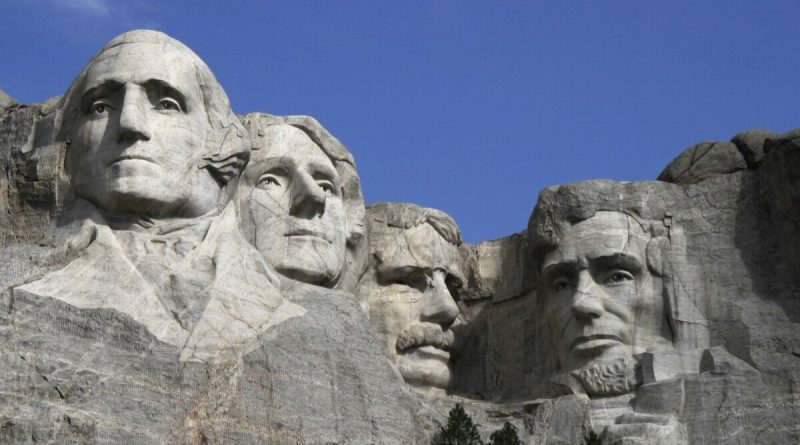Presidents’ Day: A Holiday in Historical Context
On the third Monday of February, Presidents’ Day is celebrated in the United States. Once Americans unofficially celebrated the birthday of the country’s first president, George Washington, who was born on February 22.
Recall that by voluntarily leaving office after two four-year terms and ensuring a peaceful transfer of power, Washington set an important precedent for future heads of the White House.
In 1971, the holiday was moved to the third Monday of February.
To understand the history of the holiday, it is significant that at one time there was a desire to combine its date with the birthday of another president – Abraham Lincoln (February 12). Officially, such a merger did not happen, and yet nowadays Americans honor all the presidents of the country on this day.
Recall that the current president – Joe Biden (his inauguration took place on January 14, 2021) – is the 46th president of the United States.
At the same time, Biden is the 15th president who previously held the post of Vice President. 8 of them took the highest office in the country after the death of the previous president, and one – Gerald Ford – took office after the resignation of President Richard Nixon.
Biden, who also served 36 years as a senator, became the 26th president to have previously been a lawmaker. A total of 17 former senators have become presidents, but only 3 senators have gone directly from the Senate to the White House: Warren J. Harding, John F. Kennedy and Barack Obama.
Biden also became the oldest president: he was 78 when he took office. Previously, this record belonged to his predecessor Donald Trump, who became president in 2017 at the age of 70.
The youngest president – Theodore Roosevelt – entered the White House at the age of 42; John F. Kennedy took the presidency at the age of 43.
You may be interested: Biden will not face criminal charges for possession of classified documents
